Hi,
A few years ago I decided to build something that would offer more ability to develop software and connect various devices for an 8085 based processor. Initially I was going to re-purpose an SDK-85 or use one of my old Intel SBC, but decided it would be best to build it from scratch. Plus, I do like designing and building these things.
It's an 8085A CPU, with 48K of static RAM, 2 x 8255 PPI, 1 x 8253 timer, 1 x 8251 UART and an 8259 PIC. All the CPU bus lines are buffered and brought out onto the top of the system, where I have attached a breadboard. Also all the various IO device lines are brought out to the breadboard area.
I have some spare IO and Memory addresses to allow me to connect various devices (ie 8570 RTC) onto the CPU lines. It consists of 2 wire-wrapped boards in a box. One board is the CPU, memory and the buffers, and this connects to the IO board. which holds the various peripheral chips. All these lines are connected to another board which distributes the lines to the breadboard area.
The power supply is a low end PC supply which has plenty of various voltages and more grunt than I'll ever need.
The software is an enhanced version of the original Intel MCS80 debug/monitor program. I have added the ability for the various interrupts of the 8085 and the PIC, and added a few extra commands. It communicates to a PC, running a TTY program or I can connect it to my MDS IV. If I am using the MDS I use it's Assembler (running ISIS OS) and, if required, do some ICE work with the ICE85 pod. However, mostly the programming is done on the PC, using a cross-assembler. I use Context for my text editor, when on the PC.
The connectors along the top are Address, Data, IO and Mem R/W lines, Trap, RST lines, SID, SOD, INTR, INTA RST In and Out. The bottom connectors are for the 6 PPI ports, spare RS232 comms, Clk/Cntr lines, PIC lines and the spare IO and Mem select lines and CLKs. On the side are +5 and +12 volt connectors.
So, here's a few pics of it. It's not pretty, but very functional and perfect for development.
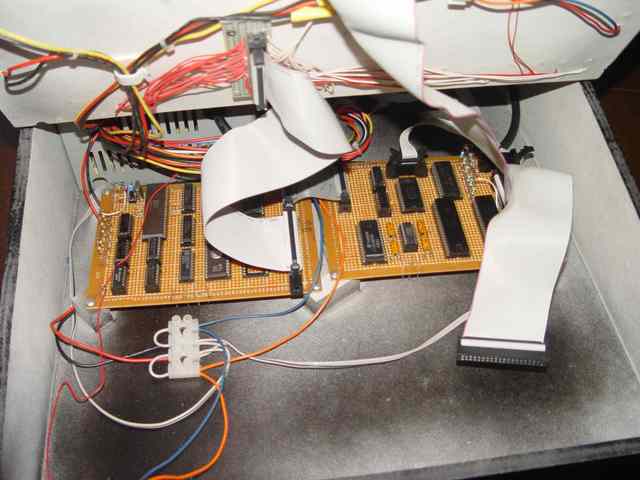
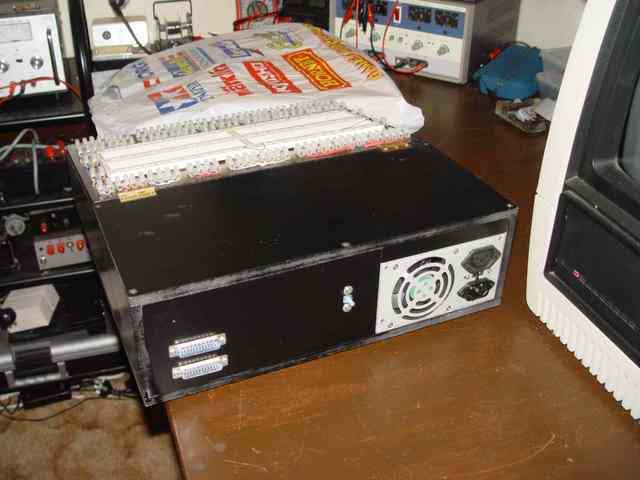
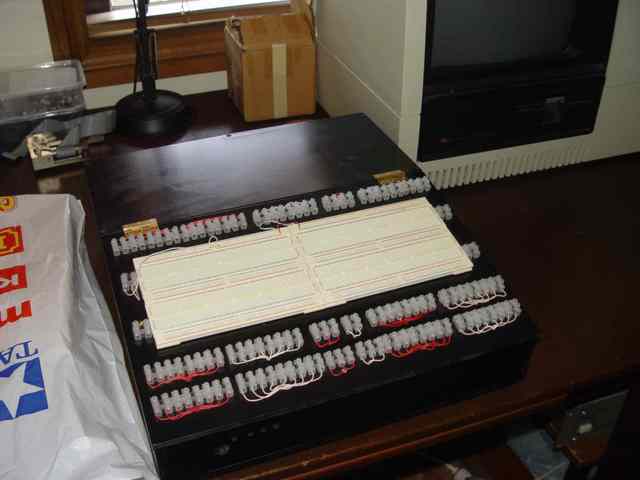
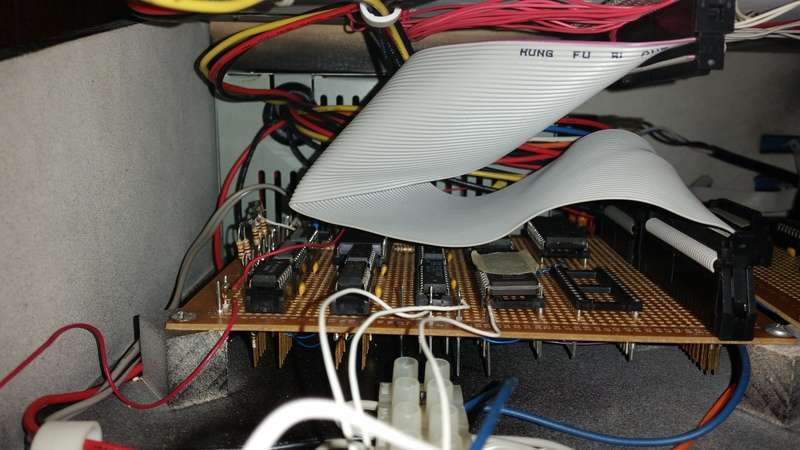
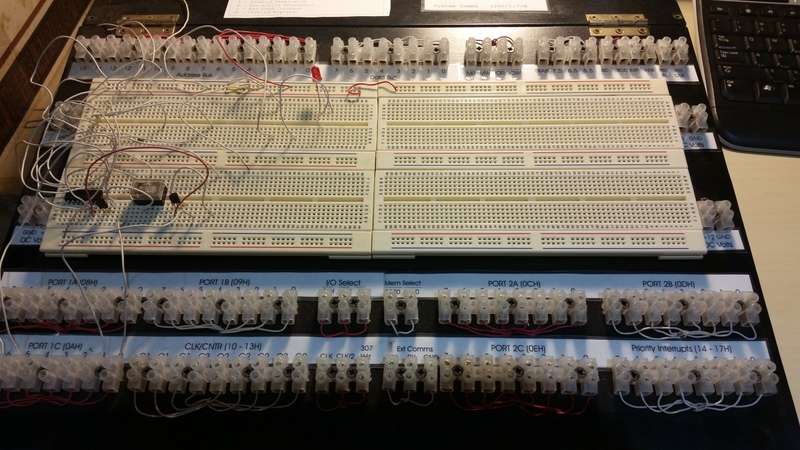
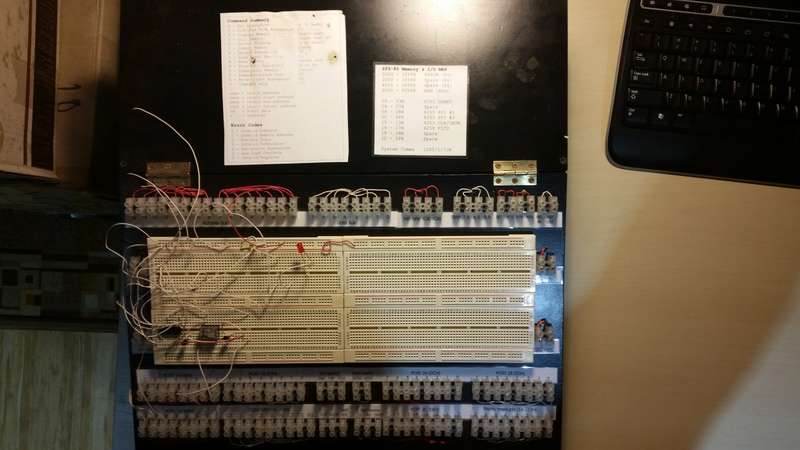
I have done something similar using a 6502, but cheated and used one of my AIM65s but adding the necessary memory and IO devices and bringing it out onto a breadboard. If you are interested in pics of this and some of the other old stuff I have, let me know.
river

